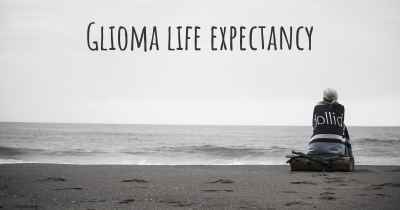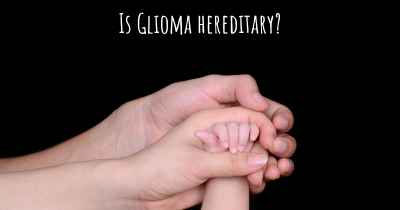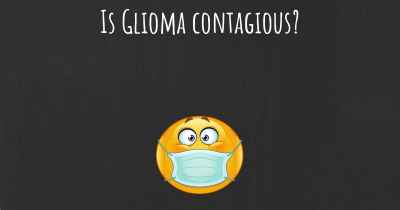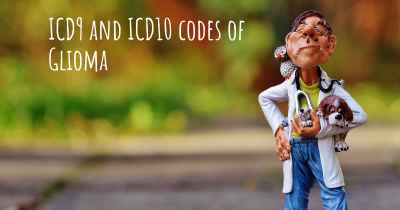What is the history of Glioma?
When was Glioma discovered? What is the story of this discovery? Was it coincidence or not?

Glioma is a type of tumor that originates in the glial cells of the brain or spinal cord. Glial cells provide support and protection to the neurons in the central nervous system. Gliomas are the most common type of primary brain tumors, accounting for about 80% of all malignant brain tumors.
Early History:
The history of glioma dates back to ancient times, although the understanding of the disease was limited. In ancient Egypt, the Edwin Smith Papyrus, written around 1600 BCE, described symptoms that are consistent with brain tumors. However, the specific term "glioma" was not used until much later.
19th Century:
The term "glioma" was first introduced by German pathologist Rudolf Virchow in the mid-19th century. Virchow identified the glial cells as the origin of these tumors and classified them as a distinct group. His work laid the foundation for the modern understanding of gliomas.
20th Century:
In the early 20th century, advancements in neuroimaging techniques, such as X-rays and later CT scans and MRI, allowed for better visualization and diagnosis of gliomas. This led to improved understanding of the different types and locations of gliomas within the brain.
Classification and Grading:
In 1926, Percival Bailey and Harvey Cushing proposed a classification system for gliomas based on their histological characteristics. This system, known as the Bailey and Cushing classification, divided gliomas into three main types: astrocytoma, oligodendroglioma, and ependymoma.
Later, in 1949, the World Health Organization (WHO) introduced a grading system to assess the malignancy of gliomas. The WHO grading system ranges from grade I (least malignant) to grade IV (most malignant). This system helps guide treatment decisions and prognosis.
Treatment Advances:
Throughout the 20th century, treatment options for gliomas evolved significantly. In the early years, surgical resection was the primary treatment approach. However, due to the infiltrative nature of gliomas, complete removal was often challenging.
In the 1940s, radiation therapy emerged as an effective adjuvant treatment for gliomas. It helped to target residual tumor cells after surgery and improve patient outcomes. Chemotherapy also became a part of the treatment regimen in the latter half of the 20th century.
Advancements in Research:
As our understanding of gliomas deepened, so did the research efforts to develop targeted therapies. The discovery of specific genetic mutations associated with gliomas, such as mutations in the IDH1 and IDH2 genes, opened new avenues for personalized treatments.
Recent advancements in molecular biology and genomics have further enhanced our understanding of gliomas. Researchers have identified various molecular subtypes of gliomas, each with distinct characteristics and treatment responses.
Current Challenges and Future Directions:
Gliomas remain a challenging disease to treat. Despite advancements in surgical techniques, radiation therapy, and chemotherapy, the prognosis for patients with high-grade gliomas remains poor.
However, ongoing research and clinical trials offer hope for improved treatments. Targeted therapies, immunotherapies, and novel drug delivery methods are being explored to enhance treatment efficacy and minimize side effects.
In conclusion, the history of glioma spans centuries, from ancient descriptions to modern scientific understanding. The contributions of early pioneers, advancements in imaging and classification systems, and ongoing research efforts have shaped our current knowledge of gliomas and paved the way for future advancements in treatment.








